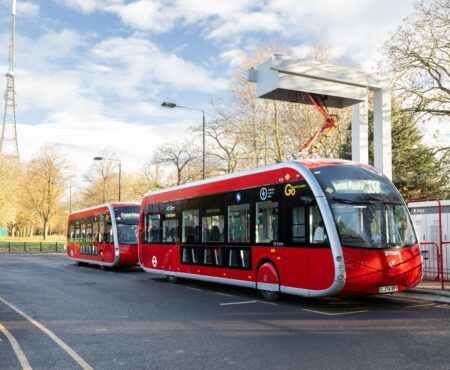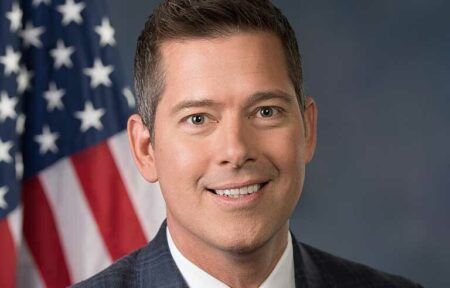Following the launch on October 23 of the world’s toughest emission standard, the Toxicity Charge (T-Charge), to help tackle London’s air pollution by getting older, more polluting cars off the road, London Mayor Sadiq Khan has started a two-year collaboration with the prestigious Alan Turing Institute to explore ways to improve how the city’s air quality is modeled.
Drivers of older, more polluting petrol and dirty diesel vehicles are now paying the new £10 (US$13) T-Charge plus the £11.50 (US$15) Congestion Charge (C-Charge) every weekday they drive in the zone from 7am-6pm. Up to 34,000 polluting vehicles every month could be liable for the T-Charge, which affects those that do not meet the Euro 4 standards for both PM (particulate matter) and NOx (nitrogen oxides) emissions.
Khan has launched the T-Charge to tackle the city’s air pollution and prepare Londoners for the early introduction of the Ultra-Low Emission Zone (ULEZ), which he is proposing to introduce as early as April 2019 and which will affect thousands more vehicles in the existing congestion zone, including all diesel vehicles that do not meet Euro 6 standards. Transport for London (TfL) will use an ALPR (automatic license plate recognition) camera-based mechanism for enforcement of the T-Charge, monitoring both diesel and petrol vehicles.
The collaboration with the Alan Turing Institute will collate existing and new data sources and enhance the way it is analyzed. The work with the Institute will complement the mayor’s existing work with other major London institutions, such as King’s College London, which work with boroughs and City Hall to undertake local air quality monitoring and to develop the London Atmospheric Emissions Inventory. It is taking place as part of the Turing-Lloyd’s Register Foundation program in data-centric engineering, which aims to use data science to transform the safety and efficiency of complex infrastructure systems.
Currently, there are approximately 100 large air quality monitoring stations in London active at any time. However, the numbers and types of monitors and sensors are likely to increase significantly in the coming years, so it is increasingly important to set standards and develop flexible ways to incorporate these new sources of data collection in City Hall’s air quality modeling and analysis work.
Researchers will work with City Hall to develop state-of-the-art machine learning models that will enable better air quality forecasting and modeling. These could then further inform policy to make targeted interventions that reduce the levels of pollution in key areas and at key times.




